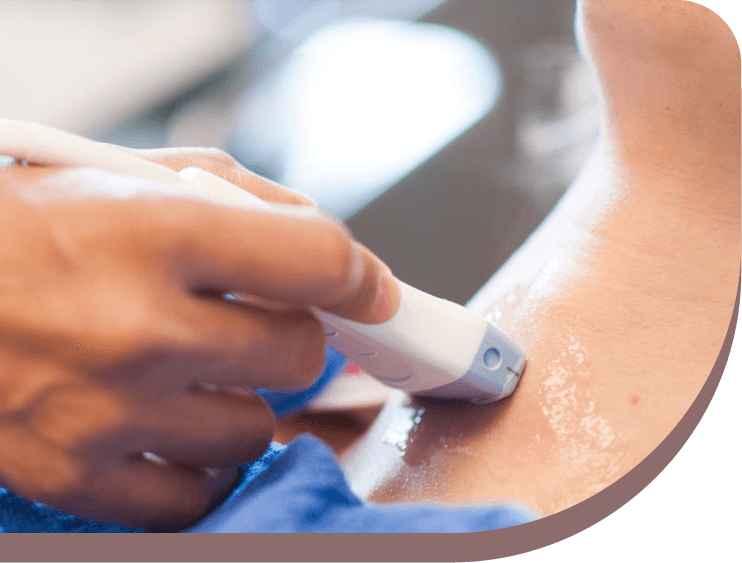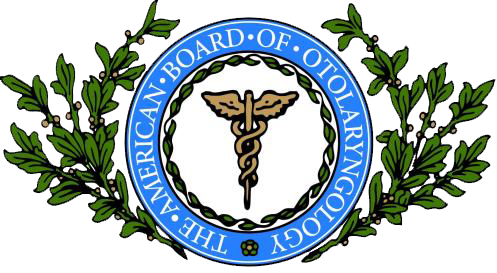
Thyroid Eye Disease
Thyroid Eye Disease – About
Thyroid eye disease (TED) also known as Graves’ eye disease, may sometimes be the first thing that alerts patients they may have thyroid disease. The symptoms of thyroid eye disease include dry eyes, watery eyes, red eyes, bulging eyes, a “stare,” double vision, difficulty closing the eyes, and problems with vision.
Research suggests that the cause of thyroid disease and thyroid eye disease is an autoimmune disorder. The immune system normally protects our bodies from foreign invaders such as bacteria or viruses, and also protects us from abnormal cells such as cancer. In autoimmune diseases, the immune system produces extra antibodies in the blood that are directed against various tissues of the body. In thyroid eye disease, there is an abnormal reaction to the muscles and fatty tissue around the eyes. Although many patients with thyroid eye disease will have abnormal blood tests for thyroid hormone levels, there are some people who get the eye symptoms even though the hormone levels are normal. While it is important that hormone levels are kept as close to normal as possible, this will not guarantee that a patient will not develop thyroid eye disease.
Patient may have red, uncomfortable eyes with no discharge or itch, aching behind the eyes, proptosis (bulging eyes) and/or lid retraction. Patients may have a personal or family history of thyroid disease.
Thyroid Eye Disease – Diagnosis
Women, especially those aged 30-50 years, have a four to five times greater risk of developing TED than men. Most, but not all, present with concurrent thyroid dysfunction. Diagnosis can be made simply on examining your eyes if you already have a diagnosis of a thyroid gland problem. Sometimes blood tests called thyroid function tests (TFTs) are needed to look at how well the thyroid gland is functioning. Occasionally, thyroid scans and uptake tests will be done to measure how actively the thyroid gland is working. An MRI scan may be used to look at the amount of swelling in the eye socket (orbit), and which tissues have been most affected.
If you are suspected of having thyroid eye disease, your surgeon will likely refer you to an Ophthalmologist (eye specialist) to assess your general sight carefully. This will include how well you see colors and how good the vision out of the corner of your eye (peripheral vision) is. They may also want to carry out an eye movement test to see how much the muscles have been affected. These assessments will be repeated throughout the course of the disease. Double or reduced vision suggests advanced disease.
Thyroid Eye Disease – Treatment
If a thyroid disorder is suspected, appropriate evaluation and treatment are indicated. Eye conditions should be evaluated and treated simultaneously with the thyroid gland treatment. Sometimes the eye problems continue to progress even after the thyroid abnormality is returned to normal. Eye problems should be evaluated and treated by an ophthalmologist. The treatment options for vision-threatening problems in thyroid eye disease include corticosteroids or other anti-inflammatory medications, radiation and surgery. A combination of these may be necessary to protect vision.

Conditions Treated
Follow us


Your Health Starts Here
"*" indicates required fields
